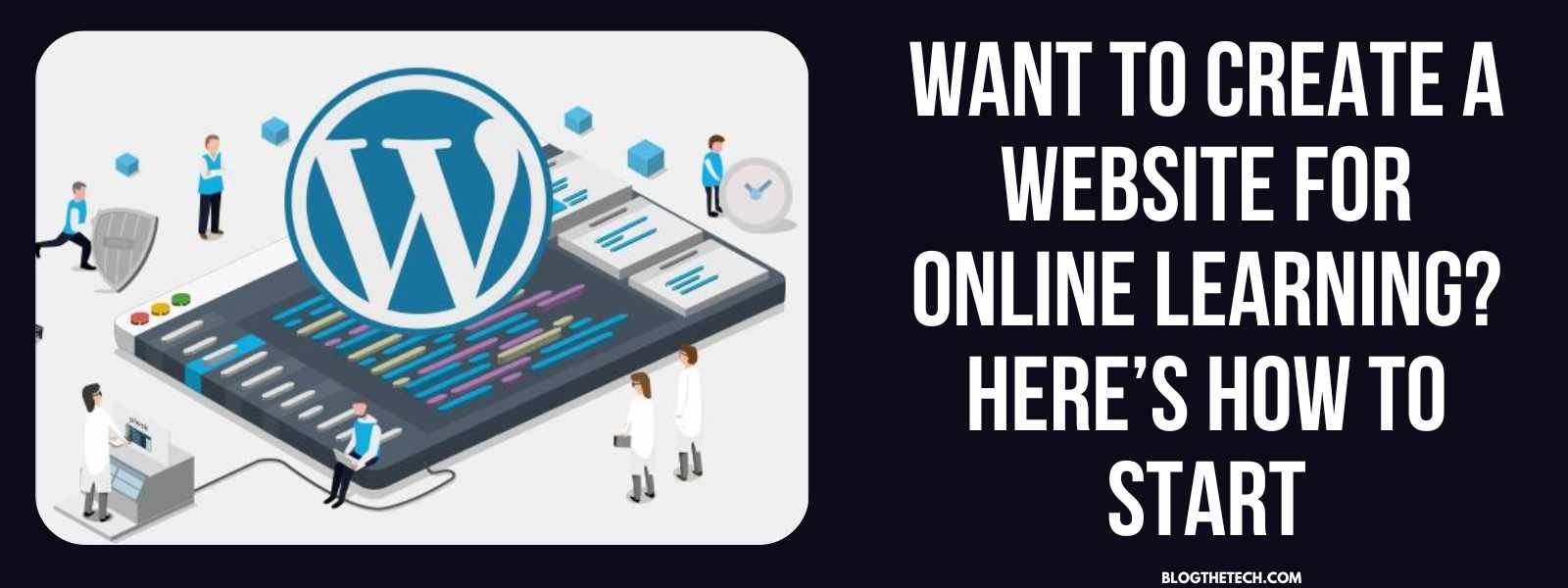Is your technology organization behind in innovation and expansion? Are you constantly struggling with skills gaps, expensive recruitment, or local talent shortage? Imagine a world where your development pipeline is never dry, your deadlines are met, and your budget is intact. The traditional way of expanding technology teams is no longer abundant in the fast-evolving digital landscape. What if it were possible to create a high-performing technology force that is smarter and more efficient? This article looks at how tapping into nearshore staffing can be the difference your company requires. It is about increasing your capacity and powering up your success without boundaries. Learn how nearshore staffing powers your success by providing seamless communication, cultural fit, and access to an expansive talent pool.
The Pressures on Modern Tech Teams
The contemporary technology landscape presents historic challenges for businesses attempting to remain ahead. Developing and maintaining a high-achieving technology team is no longer simple; it is a question of working around complex marketplace dynamics and inherent inefficiencies.
The Ever-Increasing Tech Talent Shortage
A chronic and growing worldwide shortage of experienced IT talent plagues organizations around the globe. Positions such as senior software engineers, data scientists, and cybersecurity experts are challenging to find. Larger-than-life competition for the top brains in the local market is typically created, leading to bidding wars and prolonged hiring cycles. The direct consequences are postponed projects, hindered innovation, and unjustified stress on existing employees, usually leading to burnout. Businesses simply can’t develop correctly when key roles remain vacant for unreasonable amounts of time.
The High Costs of In-House Scaling
Developing an internal technology team has gigantic expense implications. Headhunter fees, advertising, and lengthy onboarding processes drive recruitment costs up very rapidly. Beyond upfront recruitment, maintaining the overhead of competitive salaries, high-paid benefits packages, office space, and equipment for full-time employees contributes significantly to overhead. This cost becomes particularly apparent when project requirements oscillate and scaling up and down effectively becomes difficult without inordinate expense or layoffs.
Geographical Limitations and Limited Variety
Reliance on a single local talent pool inevitably limits exposure to specialized skills that are likely in short supply in a specific area. Geographical limitation minimizes the quantity of available talent and can suffocate innovation by constricting the diversity of input within a team. While telecommuting has alleviated specific geographically inherent challenges, traditional offshore models that fall back on high-speed networks create a significant time zone disparity, resulting in communication problems and response times. Together, these factors impact project speed and team cohesion.
Nearshore Staffing: A Strategic Alternative
With traditional models reaching their limits, organizations are increasingly turning to strategic substitutes that are effective and more competent. Nearshore staffing is a compelling answer, revolutionizing how businesses manage team growth.
What is Nearshore Staffing? Redefining Team Expansion.
Nearshore staffing involves bringing in outside technical specialists from geographically close countries. These countries, in turn, typically share the same time zone and usually have the same cultural orientation as you, lessening common issues about radically disparate geographic locations. This model is far less opposed to the traditional offshore outsourcing model, potentially reaching far-flung regions with huge time zone disparities, and is far more flexible than having entirely in-house teams. It offers a unique blend of proximity, cultural intimacy, and leverage against special expertise.
The Evolution of the Talent Pool Worldwide
Tapping the global talent pool is not new, but nearshore staffing is a more developed model. Previously, companies ventured offshore for outsourcing primarily for cost advantage and ignored the possible communication disparities and cultural fits. Companies realized after some experience that distant models were not as effective as expected. As a refined model with a better cost advantage and easier collaboration, Nearshore came to transform the game. Companies discovered that remaining in closer time zones and cultural vicinity immensely enhanced project performance and team alignment. This “new way” allows organizations to shatter entrenched staffing challenges while at the same time embracing the benefits of a distributed workforce for remote team optimization.
The Strategic Advantages of Nearshore Staffing Models
The nearshore staffing shift has many strategic advantages that strike at the heart of the pain points faced by the modern-day tech team, providing measurable value and lasting returns.
Access to a Wealthy Global Talent Pool
Nearshore structures guarantee better access to a global pool of wealthy and diverse talent. Companies can easily access niche skills in short supply in their immediate vicinity, essentially pre-empting critical talent procurement issues. For instance, Latin American or Eastern European countries possess robust educational systems that produce world-class software development teams with high levels of English proficiency and an innovative mindset. Increased access there fills current and future talent gaps, providing a continuous supply of specialist skill sets for your businesses.
Better Collaboration and Communication
Better collaboration and communication may be the most significant benefit of nearshore staffing. Minor time zone differences allow much overlap in working hours, making real-time communication and immediate problem-solving possible. This differs significantly from offshore arrangements, where communication is often asynchronous and delayed. Shared cultural sensitivities between nearshore locations and your home country can reduce misunderstandings and provide smoother collaboration. This leads to improved project speed, reduced communication overhead, and a stronger, integrated team.
High Cost-Effectiveness and Scalability
Nearshore staffing provides a highly cost-efficient development option without compromising quality. The cost of operations, including wages and infrastructure, is typically lower than in Western economies. This allows for getting more out of money or redirecting savings to other strategic initiatives. Further, the model offers unlimited scalability: companies can quickly and efficiently adjust their IT staff augmentation needs, scaling teams up or down according to projects, without the complexities and costs of in-house hiring and letting go. This equates to improved budgets and greater financial freedom, allowing quick response to market change.
Adding a Successful Nearshore Strategy
Planning and action are required to take a nearshore strategy. The benefits are apparent, yet outcomes rest on making the proper decisions and having good processes.
Primary Considerations in Choosing a Nearshore Provider
Partner selection is crucial for nearshore. Conduct extensive due diligence, vet their reputation, read full case studies, and secure references from existing customers. A good partner will have transparent communication channels and agreed Service Level Agreements (SLAs) that detail performance, security, and delivery goals. One should have realistic expectations: nearshore staff deployment is a collaboration, not a plug-and-play, dependent upon common goals and correct communication.
Embedding Nearshore Teams in Your Existing Infrastructure
Seamless integration is the key to realising your whole nearshore team’s potential. Adopt best practices for integrating new hire onboarding into your firm’s company culture, project workflows, and team dynamics. Leverage top-of-the-line tools and platforms for maximum remote collaboration and performance, such as integrated project management software, communication platforms (Slack, Microsoft Teams), and versioning systems. Proactively establish a shared team culture greater than geography based on shared objectives and respect for one another, so everyone belongs to the greater mission.
Above Cost Savings: The Long-Term Value
Cost saving is the motive of choice, but the long-term value of nearshore staffing lies far beyond the bottom line in driving innovation and a strong organization.
Fostering Innovation and Agility
Access to external thoughts from a large talent pool worldwide can be a tremendous catalyst for innovation. Differentiation in cultural orientation and intellectual concentration generally leads to new approaches to solving problems and generating new concepts. Furthermore, having the ability to leverage expertise quickly through nearshore collaborators dramatically increases organizational responsiveness. Companies can quickly adapt, launch new initiatives, or react to emergent tech challenges without long in-house hiring processes, remaining competitive in fast-paced markets.
Building a Resilient Tech Organization
Nearshore staffing contributes to a more robust and future-proofed technology team. Organizations eliminate threats of localized talent shortages or economic recessions by discarding the reliance on one geographic market for talent. This decentralized strategy gives an organization the robust structure to deal with hundreds of disparate market conditions and surprise disruptions. It keeps your technology capacity healthy and consistent even in adverse conditions.
Envisioning Your Optimized Future
Imagine a world where your technology staff is always excelling, capable of confidently executing demanding projects. Imagine a development process that never fails, consistently delivering quality products and services guaranteed. Nearshore staffing can turn the world into a reality. It allows you to build an adaptable, highly skilled, and cost-efficient technology workforce that drives innovation, sustains growth, and provides a competitive edge in today’s digital era.
Conclusion
You might initially think introducing external teams is too complex, or that quality will degrade. However, these concerns can be avoided easily with the appropriate nearshore staffing partner and solid, well-defined strategy. The real risk is not reacting to the new talent acquisition realities. Embracing nearshore models is more than a cost-saving measure; it is a strategic investment in sustainable development and achieving a competitive advantage.
Is your technology team tuned for tomorrow’s issues? If the answer isn’t a resounding “yes,” then it’s time to explore the game-changing power of nearshore staffing. Customers often realize significant benefits: “Our feature lead times dropped significantly after we onboarded our nearshore team. It’s been a game-changer!” – CTO, Mid-sized SaaS Company. Embrace nearshore staffing not just as a cost lever, but as a strategic move to build a more agile, skilled, and resilient technology organization. It’s an investment in your firm’s and your employees’ future prosperity.












